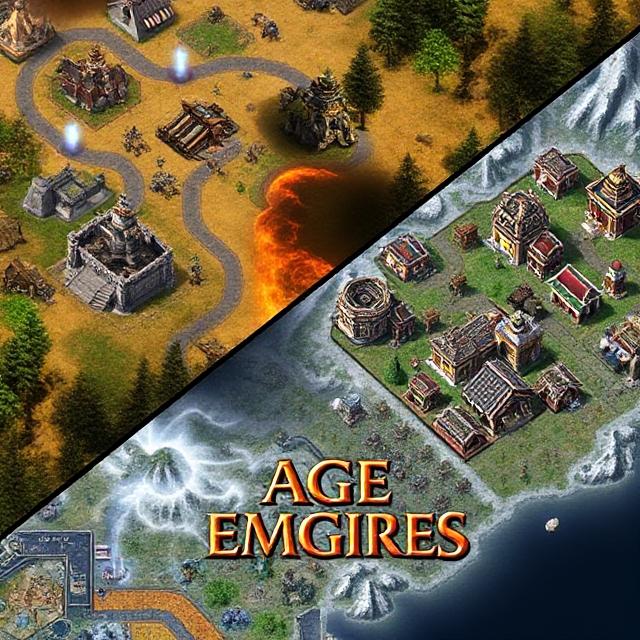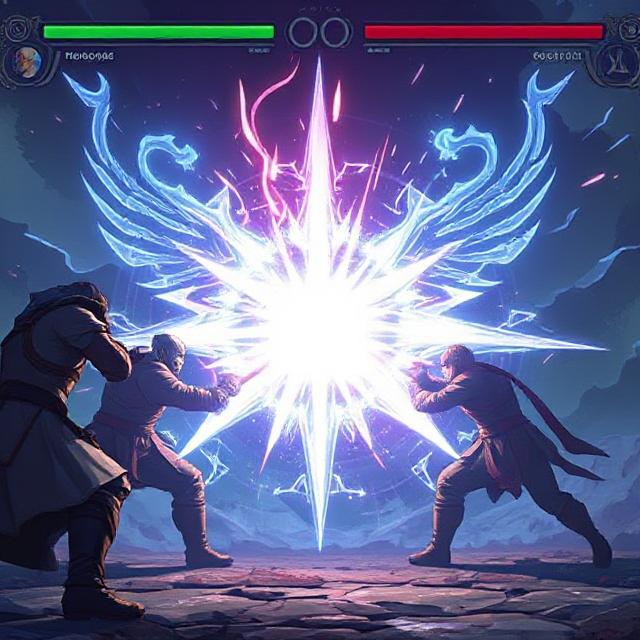Real-Time Strategy (RTS) games have evolved dramatically over the past three decades—from pixelated armies and fog of war to visually rich, deeply tactical experiences. At the center of that journey are two genre-defining franchises: StarCraft and Age of Empires.
StarCraft, released in 1998, revolutionized RTS by introducing asymmetrical balance. The Terran, Zerg, and Protoss each had completely unique mechanics and unit types, yet remained tightly balanced—a feat in competitive design. StarCraft II refined this formula with sharper graphics, micro-intensive control, and a thriving esports scene.
Meanwhile, Age of Empires offered a different kind of strategy. Rather than focusing purely on combat, it blended economy, history, and empire progression. Players managed resources, advanced through ages, and commanded armies grounded in historical authenticity.
Over time, RTS games adapted to changing player preferences. Company of Heroes introduced cover mechanics and squad tactics, while Total War added real-time battles atop turn-based grand strategy. These hybrids expanded what RTS could be.
Age of Empires IV marks a modern rebirth. With beautiful visuals, improved pathfinding, and deep cultural asymmetry, it respects classic gameplay while offering modern features like global abilities, dynamic campaigns, and mod support.
Today’s RTS landscape is smaller but smarter. Players want more than base-building—they want strategy with consequence, and RTS games continue to deliver just that.




